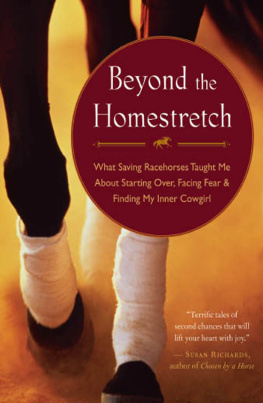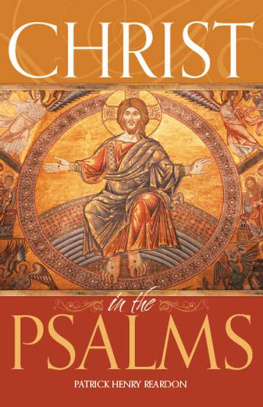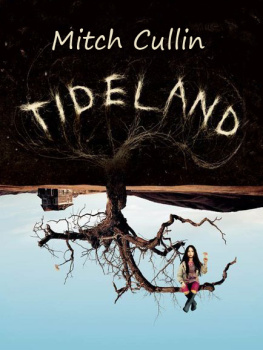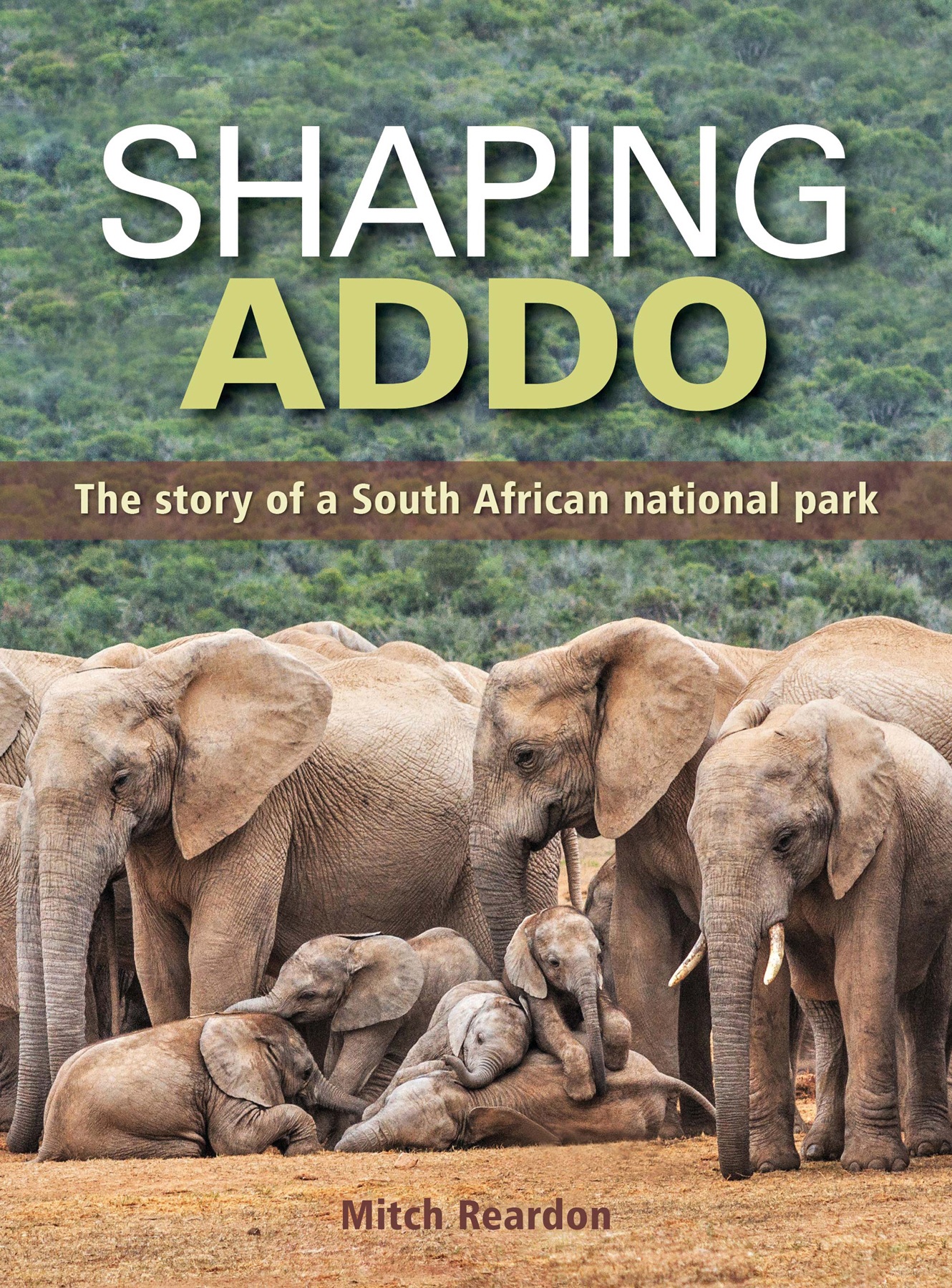Table of Contents
Guide
For the rangers and researchers of Addo, whose dedication and hard work turned a remnant herd of traumatised elephants into an inspirational conservation success story.
Published by Struik Nature
(an imprint of Penguin Random House South Africa (Pty) Ltd)
Reg. No. 1953/000441/07
The Estuaries No. 4, Oxbow Crescent, Century Avenue, Century City, 7441
PO Box 1144, Cape Town, 8000 South Africa
Visit www.penguinrandomhouse.co.zaand join the Struik Nature Club for updates, news, events and special offers
First published in 2021
10 9 8 7 6 5 4 3 2 1
Copyright in text, 2021: Mitch Reardon
Copyright in photographs, 2021: Mitch Reardon, except where otherwise indicated
Copyright in maps, 2021: Liezel Bohdanowicz, Penguin Random House South Africa (Pty) Ltd
Copyright in published edition, 2021: Penguin Random House South Africa (Pty) Ltd
Publisher: Pippa Parker
Managing editor: Roelien Theron
Editor: Lesley Hay-Whitton
Designers: Gillian Black, Dominic Robson
Cartographer: Liezel Bohdanowicz
Proofreader: Thea Grobbelaar
Indexer: Emsie du Plessis
Portions of the text originally appeared, in somewhat different form, in Wildand South African Country Lifemagazines
All rights reserved. No part of this publication may be reproduced, stored in a retrieval system, or transmitted, in any form or by any means, electronic, mechanical, photocopying, recording or otherwise, without the prior written permission of the copyright owner(s).
ISBN 978 1 77584 604 8 (Print)
ISBN 978 1 77584 606 2 (ePub)
Front cover:Elephants and their calves gather near a waterhole. Half-title page:A highly alert young kudu cocks its huge, radar-like ears. Opposite page:Two bulls meet-and-greet at a communal waterhole. Back cover:The dominant member of a coalition of two male lions marks his territory by spray-urinating a bush.
Acknowledgements
I especially wish to thank John Adendorff, Addos head ranger during my many visits to all parts of that multifaceted national park. He kindly arranged accommodation and permission for me to travel in those sections not open to the general public and accepted my presence in the field while trying to do his own work. He was also particularly generous with his time, assisting me with information and sharing his ideas. Im also grateful to section rangers Michael Paxton and Anban Padayachee for sharing their unique store of knowledge and experiences. Many thanks to Lloyd Edwards, owner and operator of Port Elizabeth-based Raggy Charters, who introduced me to the marine wonders of Algoa Bay and generously allowed me use of a broad cross section from his collection of photographs taken over years of sea voyages. I am indebted to the scientists whose technical papers and reference works provide the facts that form the narrative framework of this book. I also gratefully acknowledge the valuable contributions made by editor Lesley Hay-Whitton and the team at Struik Nature Pippa Parker, Roelien Theron, Gillian Black, Dominic Robson and Colette Stott.
Contents
From just 2,270 ha when it was first proclaimed in 1931 to the current extent of 182,000 ha, Addo is home to the densest concentration of wild elephants anywhere in the world.
I first visited Addo Elephant National Park in the early 1970s and to say the experience was underwhelming is something of an understatement. The only game drive available followed the outsideof the parks perimeter fence. Visitors peered through the sturdy elephant-proof cables in the forlorn hope of spotting something in the impenetrable 4-m-high wall of vegetation on the other side. We completed the circuit without seeing a single mammal; it wasnt until we got back to the six-rondavel rest camp that we came upon a small breeding herd of elephants drinking at Nyathi Waterhole.
At just 6,000 ha, Addo in those days was one of the smallest national parks in southern Africa. Although this was almost three times bigger than its original 2,270 ha when proclaimed in July 1931 to protect the Capes last 16 free-ranging elephants, as a tourist destination it left a lot to be desired.
Next page













